Zamia Green (ZZ Plant)
This product is available for shipping only in Bangalore
The Zamia Green (ZZ Plant) is a fantastic choice for indoor environments due to its hardy nature and adaptability to varying light and water conditions. Its glossy, dark green leaves add a touch of elegance to any space, and its low maintenance requirements make it ideal for both novice and experienced plant enthusiasts. With proper care, including adequate light, infrequent watering, and well-draining soil, the ZZ Plant will thrive and provide a lasting, attractive addition to your home.
Plant Height: approx 9 inches including the pot
Pot size : 4 inches nursery pot
- Estimated Delivery : Up to 3 business days
- Free Shipping & Returns : On all orders over ₹550 in Bangalore
Zamia Green, more commonly known as the ZZ Plant or Zamioculcas zamiifolia, is a popular houseplant admired for its glossy, dark green foliage and low maintenance needs. Native to East Africa, this plant is well-suited to indoor environments and is known for its resilience and tolerance to a variety of conditions.
Here’s a comprehensive care guide for Zamia Green (ZZ Plant):
1. Light Requirements
- Bright, Indirect Light: ZZ Plants thrive in bright, indirect light. Place them near a window where they can receive filtered light but avoid direct sunlight, which can scorch the leaves.
- Tolerant of Low Light: One of the ZZ Plant’s notable traits is its ability to tolerate low light conditions. It can grow in rooms with minimal natural light, making it a great choice for less sunny areas.
2. Watering
- Infrequent Watering: ZZ Plants are drought-tolerant and prefer to dry out between waterings. Allow the top 1-2 inches of soil to dry before watering again. Overwatering is a common issue, so ensure the plant’s soil dries thoroughly between waterings.
- Watering Frequency: During the growing season (spring and summer), water the plant approximately every 2-3 weeks. In the fall and winter, reduce watering frequency as the plant’s growth slows down.
3. Humidity
- Low to Moderate Humidity: The ZZ Plant is well-adapted to a range of humidity levels and does not require high humidity to thrive. It can do well in typical household humidity conditions.
- No Special Humidity Needs: Unlike many tropical plants, ZZ Plants do not need additional humidity.
4. Temperature
- Average Room Temperatures: ZZ Plants prefer temperatures between 65-75°F (18-24°C). They can tolerate slightly cooler temperatures but should be protected from frost and extreme cold.
- Avoid Cold Drafts: Keep the plant away from cold drafts, air conditioning vents, and heaters to avoid temperature stress.
5. Soil
- Well-Draining Soil: Use a well-draining potting mix, such as a cactus or succulent mix, or a standard potting mix with added perlite or sand for improved drainage.
- Avoid Waterlogged Soil: Ensure that the pot has drainage holes to prevent water from accumulating at the bottom, which can cause root rot.
6. Fertilizing
- Minimal Fertilization: ZZ Plants do not require frequent fertilization. Feed the plant with a balanced, diluted fertilizer once every 1-2 months during the growing season (spring and summer). Avoid over-fertilizing, which can harm the plant.
- No Fertilizing in Winter: Reduce or stop fertilization during the fall and winter months when the plant’s growth slows.
7. Pruning and Maintenance
- Low Maintenance: ZZ Plants generally do not require pruning. Remove any yellow or dead leaves by cutting them at the base to maintain the plant’s appearance and health.
- Repotting: Repot the ZZ Plant every 2-3 years or when it becomes root-bound. Choose a pot that is slightly larger than the current one and has good drainage.
8. Pests and Diseases
- Pest Resistance: ZZ Plants are relatively pest-resistant but may occasionally attract pests such as spider mites, mealybugs, or scale. Inspect the plant regularly and treat infestations with neem oil or insecticidal soap if needed.
- Disease Prevention: Root rot is a primary concern, typically caused by overwatering. Ensure proper drainage and avoid letting the plant sit in water to prevent fungal diseases.
9. Toxicity
- Toxic to Pets and Humans: ZZ Plants are toxic if ingested and can cause nausea, vomiting, or digestive upset in pets and humans. Keep the plant out of reach of pets and children.
Conclusion
The Zamia Green (ZZ Plant) is a fantastic choice for indoor environments due to its hardy nature and adaptability to varying light and water conditions. Its glossy, dark green leaves add a touch of elegance to any space, and its low maintenance requirements make it ideal for both novice and experienced plant enthusiasts. With proper care, including adequate light, infrequent watering, and well-draining soil, the ZZ Plant will thrive and provide a lasting, attractive addition to your home.
** Plants photos are for representation purpose only. We will make best efforts to send the plants as in photos itself. There may be small white dots on the plant, as these plants cared in nursery using the hard water and pesticide spray. However these will eventually disappear as you take care and clean the leaves. Trust us, we want to give you the best
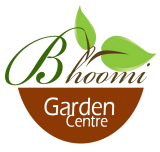
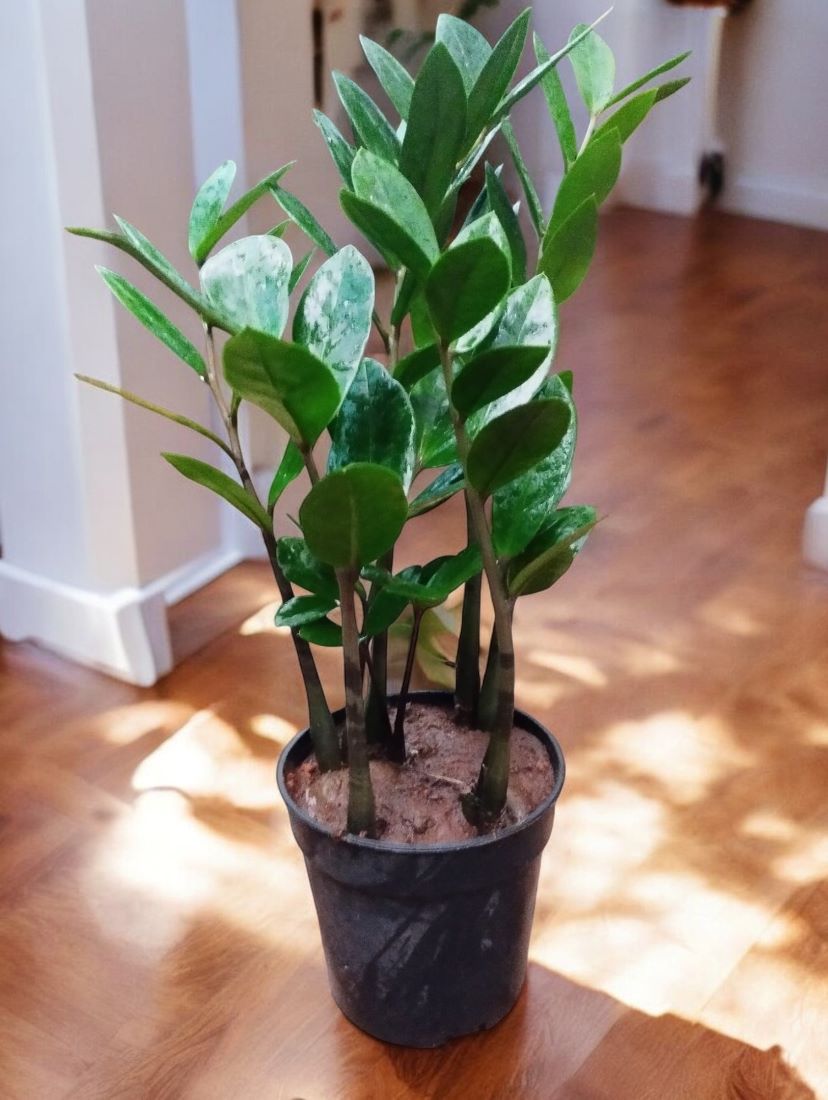
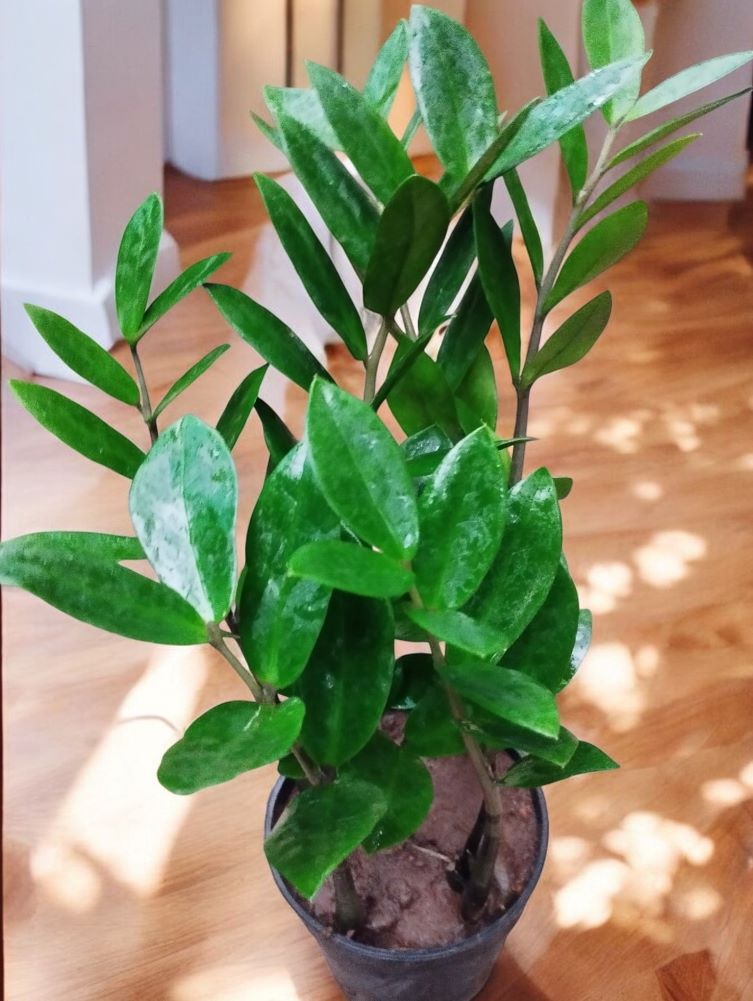
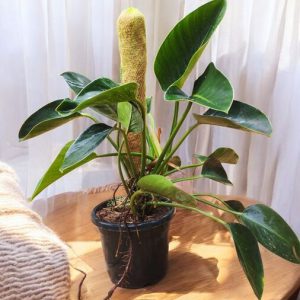

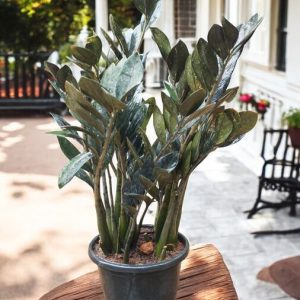
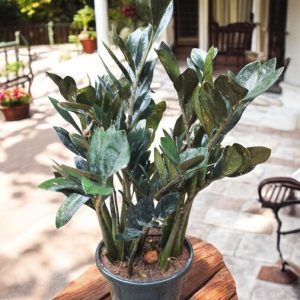

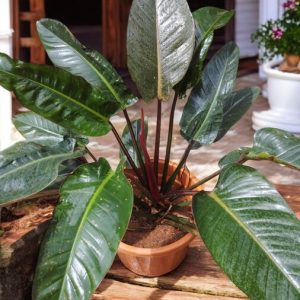


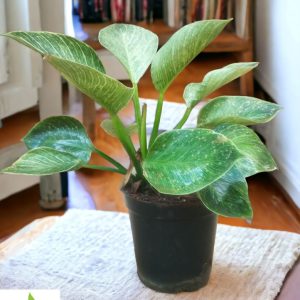
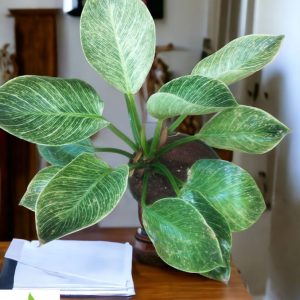
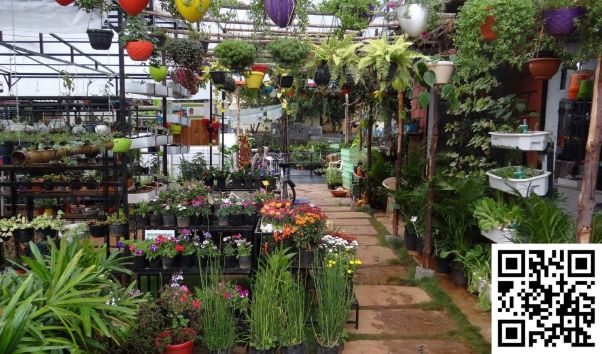
Reviews
There are no reviews yet.